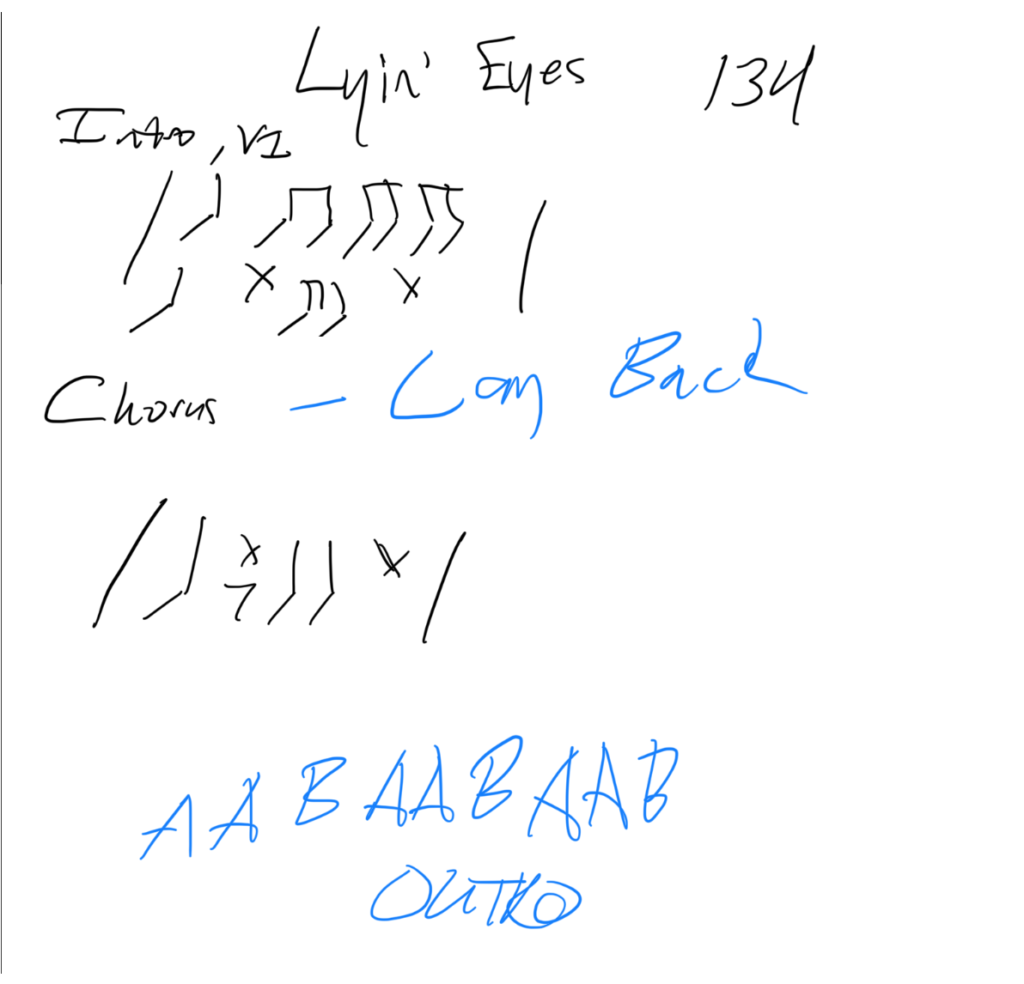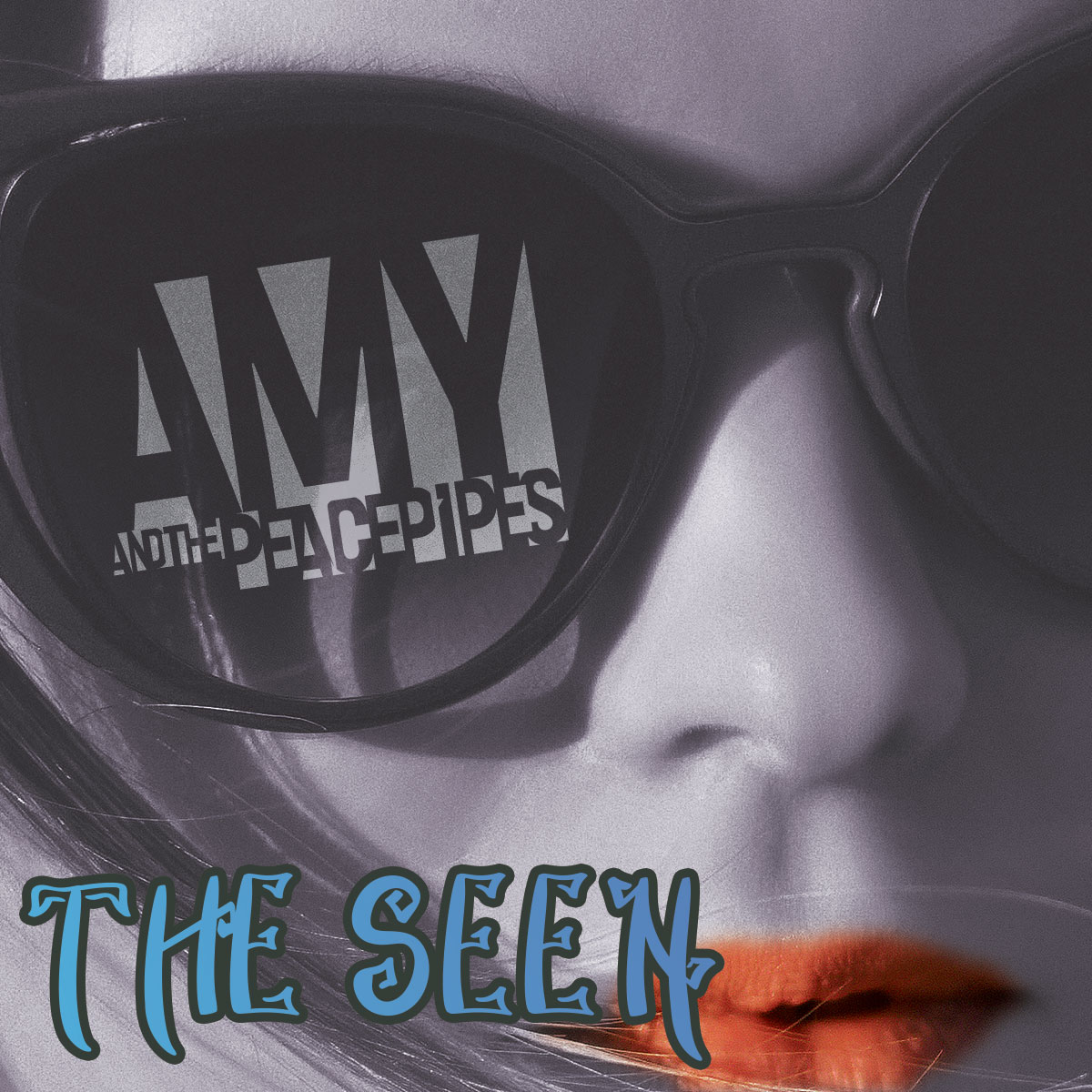Have you ever stopped to think about how you listen to music? When you hear a new song, do your ears focus on the melody, the lyrics, or the rhythm?
Last month I was asked to sit in with some musicians who were putting together a performance of Eagles covers. I thought I knew the Eagles pretty well, but as I started to chart out the songs I quickly realized the number of intricacies that were critical in faithfully recreating each song. Three rehearsals later, I gathered with this group of talented musicians for a fun night of music.
This was technically a “sing-along” event, which means the lyrics were on a screen for each song. At the end of the performance, my girlfriend, Shannon, asked me about Lyin’ Eyes. After the events that led to my divorce, how could I not find that song triggering the trauma I experienced?
The truth of the matter: despite listening to that song dozens of times, I never actually listened to the lyrics.
This spurned a fascinating conversation about how I listen to music and how my approach changes when I’m enjoying songs and when I’m playing them. In the 30+ years I’ve been a musician, my listening is grounded in the rhythm of the song, starting with the drums and bass, growing an appreciation for the foundation of the song. At that point I then shift toward the melody, and finally, the lyrics. I often don’t develop an appreciation for song lyrics until I read a printed version of them. When I think of my favorite songs, it’s more common for me to scat a drum lick rather than sing the lyrics.
When I approach playing a cover of a song, I go a step further and try to break down the song structure. When playing rock, some basic rules apply to virtually every song:
- There are basic rock grooves that repeat throughout the song
- Songs usually follow an A,B,A,B,C, … structure (where A is the verse part, B is the chorus, C is the bridge)
- Rock is usually based on multiples of 4
Based on those rules, I’ll chart out my cheat sheet of songs. Depending on how well I know the tune, my notes can be pretty vague. In the case of Lyin’ Eyes, I wrote the basic grove (which is a rim-knocks rock groove), the tempo (134 bpm), and then anything else I needed to note for the song (the structure, as the verse occurs twice).

When I’m playing the song, I am listening for specific musical queues that help me move into the next phase. In this case, I’m counting the lyrics in multiples of 4 and waiting for a guitar strum during the last measure to confirm the time I need to let my cymbals ring and move into the chorus groove.
Despite playing this song lots of times over the last month and listening to it dozens of times since I was a kid, I never actually listened to the words. After finally reading them, they hit me link a ton of bricks. It serves as a reminder that music (and art) can impact us in many different ways and resonate differently throughout our lives, as we allow our own stories to influence the art.
How do you listen to music?
